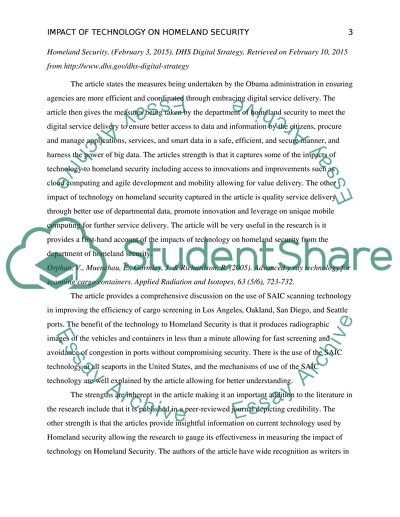Cite this document
(“The Impact of Technology on Homeland Security Annotated Bibliography”, n.d.)
Retrieved from https://studentshare.org/miscellaneous/1677259-the-impact-of-technology-on-homeland-security
Retrieved from https://studentshare.org/miscellaneous/1677259-the-impact-of-technology-on-homeland-security
(The Impact of Technology on Homeland Security Annotated Bibliography)
https://studentshare.org/miscellaneous/1677259-the-impact-of-technology-on-homeland-security.
https://studentshare.org/miscellaneous/1677259-the-impact-of-technology-on-homeland-security.
“The Impact of Technology on Homeland Security Annotated Bibliography”, n.d. https://studentshare.org/miscellaneous/1677259-the-impact-of-technology-on-homeland-security.


